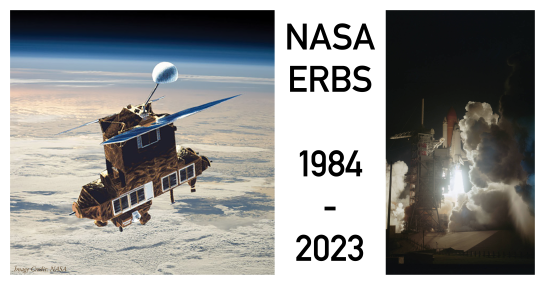January 2023 marked the quiet end of NASA’s ERBS (Earth Radiation Budget Satellite). Launched in late 1984 from Space Shuttle Challenger during mission STS-41-G, ERBS was launched to study how the Sun’s energy was absorbed and reflected by the Earth, as well as carrying other payloads designed for atmospheric study.

Originally designed for just a two year operational lifespan, ERBS far outlived this by 19 years until it was retired in 2005. What made ERBS one of NASA’s most important satellites was the SAGE II instrument, that was critical in observations confirming the depletion of the Ozone layer due to CFC usage, ultimately resulting in their ban. After exhausting its onboard propellant and energy stores, NASA decommissioned the satellite in 2005, and through the end of 2022 it orbited the Earth before burning up during atmospheric re-entry near the Alaska.
Though ERBS’s story may have ended, it helped reinforce the importance of using satellites for atmospheric observations and experimentation. ThinGap is a proud supplier to NASA’s upcoming PACE (Plankton, Aerosol, Cloud, ocean Ecosystem) mission, set to launch from Cape Canaveral in early 2024 aboard a SpaceX rocket. ThinGap’s LS Series of slotless motor kits are part of the OCI (Ocean Color Instrument) advanced spectrometer designed to measure the color of the ocean in wavelengths from ultraviolet to infrared frequencies.
